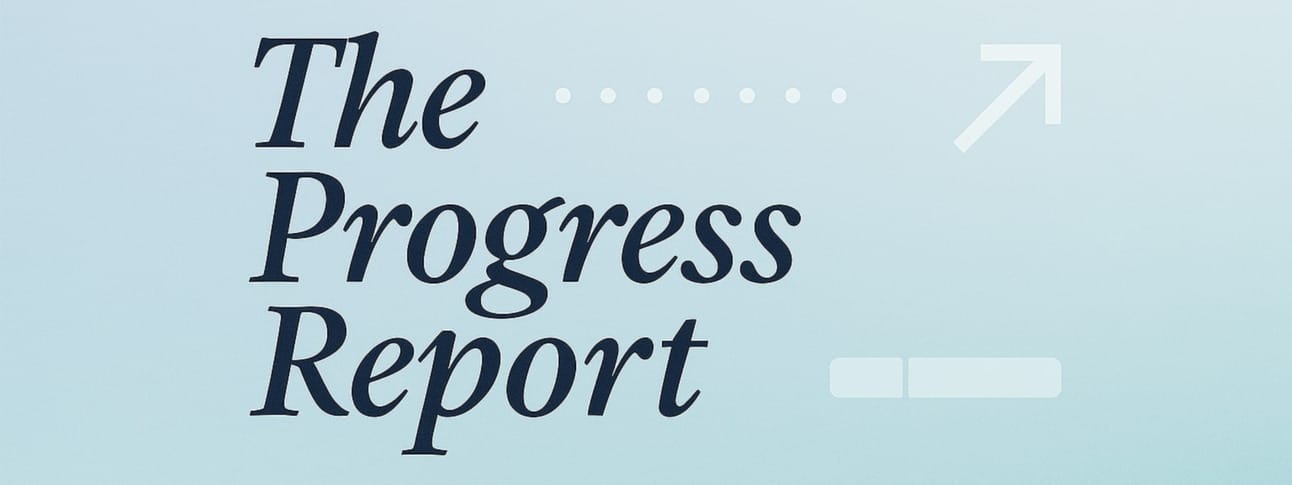
April 29, 2025
In partnership with

You stare at the blank screen, wondering where your next customer will come from.
Another Facebook ad? A cold outreach campaign? Hiring that TikTok influencer?
The options seem endless—and expensive. But there's one acquisition channel founders rarely consider.
Maybe because it feels like sacrilege to scrappy, anti-corporate types. Or maybe because it seems too far out of reach.
Today's about an oft-ignored growth strategy: partnering with industry giants to leverage their established audience.
In this newsletter:
Finding the gaps incumbents aren't filling
Creating value that makes bigger companies eager to partner with you
Sponsored
Put your value into words that land
The best partnerships (and customers) aren’t won with big promises. They’re won with clarity.
This free template pack from HubSpot helps you put your value into words—clearly, simply, persuasively.
Because if you can’t show someone how you make their life easier (or their business stronger), it’s going to be a long road.
Weekly Insight

For over a decade, CorpNet (not to be confused with Skynet) fought for visibility in a crowded market.
When Nellie Akalp and her husband launched their business formation company in 2009 (with just $10,000), they weren't newcomers.
They'd already built and sold MyCorporation to Intuit for $20 million in 2005. But their new venture faced challenges the first one didn't. Namely, a market saturated with competitors.
Growth was fine—steady but slow—until the pandemic hit.
Businesses went remote and, in turn, struggled with multi-state payroll tax registrations. A headache for them, but an opportunity for CorpNet.
Instead of adding this as “just another service,” Akalp bet the farm.
CorpNet developed an automated payroll tax registration API. Basically, a fancy integration designed to make things easy on the platforms their target customers already used on the daily.
The big insight? Sometimes your best customer isn't the end user. It's the platform they rely on.
When Intuit and Gusto saw CorpNet's solution, they didn't see a competitor. They saw a missing puzzle piece that made their own offerings more valuable; the upside of CorpNet being a small, scrappy startup.
These partnerships expanded CorpNet's reach exponentially.
While they had roughly 22% average annual revenue growth before this, partnering with industry giants led to a staggering 259% revenue increase in just two years.
This isn't about getting lucky with a pandemic pivot. It's about recognizing that business shouldn’t be seen as a zero-sum game; there’s a lot of potential in partnership.
Strategic partnerships are based on mutual benefit.
If you're not bringing something valuable to the table, you're not creating a partnership—you're asking for a favor.
Intent to Action
Most people approach partnerships backwards: focusing on what you want instead of what you can offer.
Here's how to reverse that mindset and create value that larger companies will eagerly pay to access:
1. Identify your complementary capability
Instead of competing directly, look for ways your solution enhances a larger company's offering. The most successful small-to-large partnerships typically involve:
Solving a specialized problem their product doesn't address
Creating industry-specific customizations for their platform
Extending their functionality into new use cases
Providing a service layer around their product
Quick exercise: Identify 2–3 products your customers use. How could you integrate with these platforms to create added value?
2. Map it to their growth goals
Research 2-3 potential partners using:
Their quarterly earnings calls (find on investor relations pages)
Recent press releases or interviews with executives
Their partner or developer documentation
Look specifically for stated priorities like “expanding into small business,” “serving more vertical markets,” or “increasing platform adoption.”
3. Structure a no-brainer offer
The best partnerships make it almost impossible to say no. Create an offer that:
Drives measurable revenue or retention for their product
Addresses a customer segment they struggle to serve efficiently
Solves a problem their customers consistently face
Use Crossbeam to find overlapping customers, and PartnerStack to research successful partnership structures in your industry. It always helps to demonstrate partnership value with real data.
Remember: Like CorpNet's API solution, your partnership goal isn't to sell your service. It's to solve a problem for your partner in a way that naturally exposes you to their audience, while making their core offering more valuable.
Closing Thought
Partnerships are more than just another marketing channel. They're a strategic choice that leverages your problem-solving skills instead of your sales abilities.
If you'd rather build remarkable solutions than perfect your pitch, this approach plays to your strengths.
For those who thrive on direct sales and marketing, consider operational partnerships instead—where you collaborate on backend solutions that make both businesses more efficient.
And don’t forget: your small size is an asset in these partnerships. Lean into it.
Next week, I’ll be covering the power of focus. How to check in with yourself to understand what’s a good opportunity, and what’s a waste of time.
See you then.

